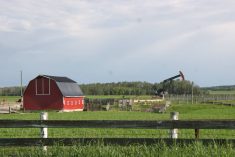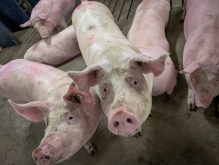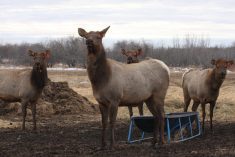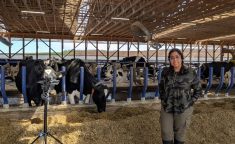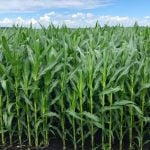A group of researchers is testing to see whether it’s better to suck than to blow when seeding canola. They’re experimenting with a vacuum planter, which works opposite to an air seeder — a vacuum pulls seeds into rotating plates which place the seed into the soil.
The attraction is seed “singulation” — the ability to precisely place individual seeds and provide even spacing within the field. A group of producers involved in controlled-traffic farming has been experimenting with the vacuum planters, with assistance from researchers from Alberta Agriculture, Agriculture Canada, and the Canola Council of Canada.
Read Also
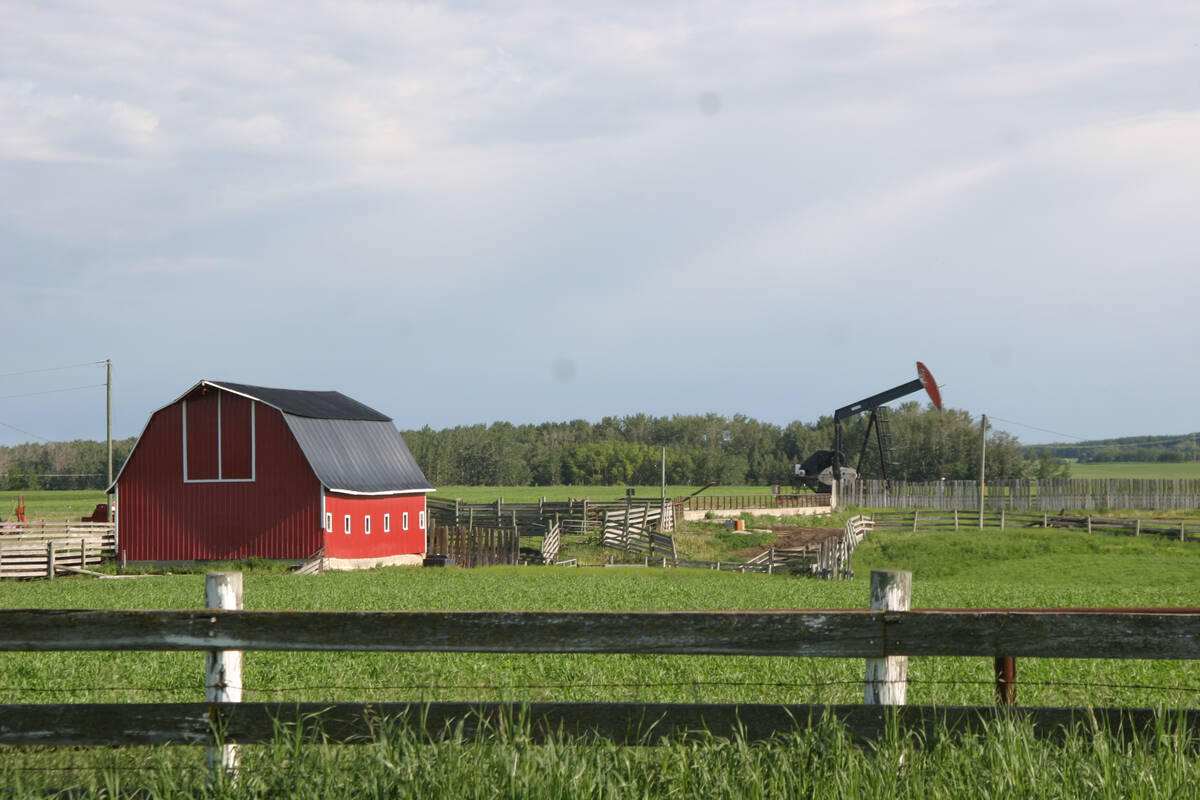
Recommendations in the mature assets strategy could cause potential problems for landholders
The Western Stock Growers’ Association urges producers to pay attention to the potential changes to Alberta’s Mature Assets Strategy.
The initiative started a few years ago when Steve Larocque, a farmer interested in controlled-traffic farming, began looking at vacuum planters for seeding canola. Then last fall, a group of producers approached a Monosem dealer in Lethbridge and asked for a small planter for trials to test different row spacing and seeding rates.
One of those growers, Craig Shaw of Durango Farms near Lacombe, tried a vacuum planter on his fields this spring.
Shaw said the technology might allow producers to reduce seeding rates. “You all know that seed is at $10 a pound, so if you’re seeding at five pounds and can bring your seed down to two pounds and maintain a crop, then you got $30 in your pocket. It doesn’t take long to add up the numbers,” he said.
“We need to find out if good even spacing of canola provides us benefits in terms of uniformity. The guys that are using the planters are saying that when the crop flowers, it flowers at the same time,” said Shaw. He said that it is difficult to avoid clumping when using an air seeder. When a metre wheel is moving slowly on an air seeder, it’s very difficult to get an even distribution. “That’s when you see the clumping of seeds together,” he said.
Vacuum planters may also be able to plant in high-moisture conditions. “If you want to seed at half an inch or an inch or into moisture, you can consistently place all the seeds there,” Shaw said.
However, seed quality is an issue in vacuum planters. If a seed treatment or a dry seed flakes, it can fill in the holes in the plate, which can mean the plates no longer pick up seed. Shaw said more tests are needed to look at this issue. Growers who choose plates with 1.2 mm holes can use a “knock-out” wheel, which pokes seeds out of holes. However knock-out wheels can wear out quickly and are not easy to replace.
The vacuum planters have no way to handle fertilizer and most of the growers who are testing them are relying on a two-pass system.
A 12-foot planter is being used for three years of trials at the Lacombe Research Station. Twelve-inch and 24-inch row spacings will be included in the trials.
“We’re looking at a number of issues and learning as we go,” said Shaw. “We’re building a wealth of information.”
Shaw said Monosem planters were designed to deal with small seed such as vegetable seeds, while Case and John Deere planters were designed mainly for corn, soy and sugar beets. Growers testing the Case and John Deere vacuum planters have had to adjust these systems in order to seed canola.



